基于MAPbl3的钙钛矿太阳能电池制备工艺的研究和性能优化毕业论文
2020-04-18 20:45:44
摘 要
当今社会能源危机、环境污染等问题日趋严重,人们迫切需要掌握清洁能源应用技术诸如:风能、氢能、光能、潮汐能等,而光能普遍存在、易于开发利用且不会对环境产生附加的污染等优势,使得近些年来关于光伏电池方面的研究进行得如火如荼,先后出现了硅基半导体电池、铜铟镓硒电池、镝化镉等无机太阳能电池,此外又出现了染料敏化电池、钙钛矿太阳能电池等有机光伏电池[1]。截至目前硅基电池已相对成熟并实现产业化,但是光电转化效率仅达到了11 %~26 %,随着近几年来研究人员对钙钛矿太阳能电池的不断试验与研究,它在短短几年内从一开始3 %左右的光电转化效率到现在已经超过了20 %[2]。如此快速的增长趋势,让人们意识到钙钛矿太阳能电池有着赶超硅基等传统光伏电池的潜力和实现商业化的可期前景。综上所述,钙钛矿太阳能电池的研究呈现出一种后来者居上的趋势。
钙钛矿电池由于其“可定制”的低带隙,比传统染料电池具有更强的吸收能力,光吸收范围更广,可以在400纳米的薄膜上充分吸收光[3]。制备平整、光滑的吸收层成为目前减少缺陷态密度、降低激子复合的一种行之有效的方法[3]。本课题采用一步反溶剂旋涂法成功制备MAPbI3太阳能电池,并探究钙钛矿前驱体浓度对电池光电转化效率(PCE)及其他性能参数的影响。本实验在标准太阳光AM1.5G 100 mW/cm2条件下测试电池的效率PCE,我们通过XRD、SEM、IPCE、UV-Vis等表征来分析钙钛矿吸收层的组成和形貌及其光学特性,并且根据实验结果进行性能优化。结果表明在1.0 M, 1.2 M, 1.3 M的钙钛矿前驱体浓度中 1.2 M的浓度有利于钙钛矿层形成光滑、紧凑、平整的薄膜,这表明钙钛矿前驱体浓度在电池的形貌修饰方面有着重要的作用。
关键词:太阳能电池 浓度 介观结构 光电转换效率
Research and Performance Optimization of Preparation Process of MAPbI3 Perovskite Solar Cell
ABSTRACT
Currently, the issues for example social energy crisis, environmental pollution and so on are becoming more and more serious. People urgently need to application technologies, that can use clean energy such as: wind energy, hydrogen energy, light energy, tidal energy. Especially, Solar energy has made the research on photovoltaic cells in full swing in recent years, on account of the advantages of ubiquitous, easy to develop and utilize, and secondary environmental pollution. There have been inorganic solar cells such as silicon-based semiconductor cells, copper-indium-gallium-selenium cells, and cadmium telluride. In addition, dye-sensitized batteries and calcium have appeared. Organic photovoltaic cells such as titanium ore solar cells. As of now, silicon-based batteries have been more mature and realized industrialization, but the photoelectric conversion efficiency has only reached 11 % to 26 %. With the continuous research under the researchers’ efforts, perovskite solar cells’ development is rapid, only a few years, of which the photoelectric conversion efficiency from 3 % to over 20 %. Such a rapid growth trend, perovskite solar cells are considered to have the potential to exceed traditional photovoltaic cells such as silicon-based batteries. Furthermore it also has promising prospects for commercialization. Above all, the research on perovskite solar cells is very popular in this field.
Due to its "customizable" low band gap, perovskite solar cells have a higher absorption capacity than traditional dye batteries, and have a wider absorption range, which can fully absorb light on a 400 nm film. How to prepare a smooth and smooth absorption layer has become an effective method to reduce the density of defect states and reduce the exciton recombination. In this paper we successfully made MAPbI3 solar cells by method of one-step anti-solvent spin coating.In addition, we explore that the effect of perovskite precursors concentration on battery photoelectric conversion efficiency (PCE) and other performance parameters. In this experiment, the efficiency of the cells was tested under standard solar AM1.5G 100 mW/cm2. We analyzed the composition, morphology and other optical properties of the perovskite absorption layer by XRD, SEM, UV-Vis and other characterizations methods. Besides we also optimize performance based on the experimental results. The results show that the concentration of 1.2 M in the 1.0 M, 1.2 M, and 1.3 M perovskite precursor concentration favors the formation of a smooth, compact, flat film of the perovskite layer, indicating the perovskite precursor concentration play an important role in terms of the morphology modification.
Key words: perovskite solar cell concentration mesoscopic structure
Photoelectric conversion efficiency
目录
摘要 I
ABSTRACT II
目录 i
第一章 绪论 1
1.1 引言 1
1.2 钙钛矿太阳能电池结构、工作原理 1
1.3 致密层与介孔层简述 2
1.4 钙钛矿太阳能电池吸光层 3
1.4.1 钙钛矿吸收层材料简述 3
1.4.2 钙钛矿层薄膜制作工艺 3
1.5 光伏特性J-V曲线简介 4
1.6 本论文的研究目的与意义 5
第二章 实验部分 6
2.1 实验原料 6
2.2 实验仪器 7
2.3 基底清洗 8
2.4 电池的制备 8
2.4.1 致密层TiO2制备 8
2.4.2 介孔层TiO2的制备 9
2.4.3 钙钛矿吸收层制备 10
2.4.5 空穴传输层制备 11
2.4.6 蒸镀金属阴极 11
第三章 结果与讨论 12
3.1 XRD图分析 12
3.2 SEM图分析 13
3.3 UV-vis分析 15
3.4 J-V曲线测试 16
3.4 稳定性测试 18
第四章 结论与展望 19
4.1 结论 19
4.2 展望 19
参考文献 20
致谢 24
第一章 绪论
1.1 引言
在过去几年中,基于金属卤化物钙钛矿吸收剂的太阳能电池,特别是有机-无机杂化铅卤基钙钛矿太阳能电池,由于可调控的禁带宽度,较低的电子束缚能,备受人们关注[4]。该材料从有机卤化物和金属卤化物盐中结晶,形成ABX3结构的晶体,其中A是有机阳离子,B是金属阳离子,X是卤化物阴离子。钙钛矿太阳能电池的光电转换效率在短短四年内从大约3 %上升到超过20 %(这些值经过认证),2012年后显着改善[6]。目前已经测试了介观结构(单层、双层)、平面结构(倒置p-i-n型、正置n-i-p型)等器件架构,并且证明该钙钛矿材料的制造方法具有通用性[6]。钙钛矿材料在光伏技术方面有着禁带宽度可调性,吸收系数高,载流子传输性能等优点,使得金属卤化物钙钛矿在光伏电池方面有着巨大的潜力。
1.2 钙钛矿太阳能电池结构、工作原理
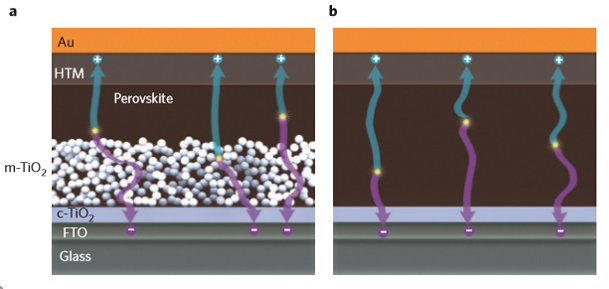
图1-1 钙钛矿太阳能电池的工作原理图
以上是毕业论文大纲或资料介绍,该课题完整毕业论文、开题报告、任务书、程序设计、图纸设计等资料请添加微信获取,微信号:bysjorg。
相关图片展示:
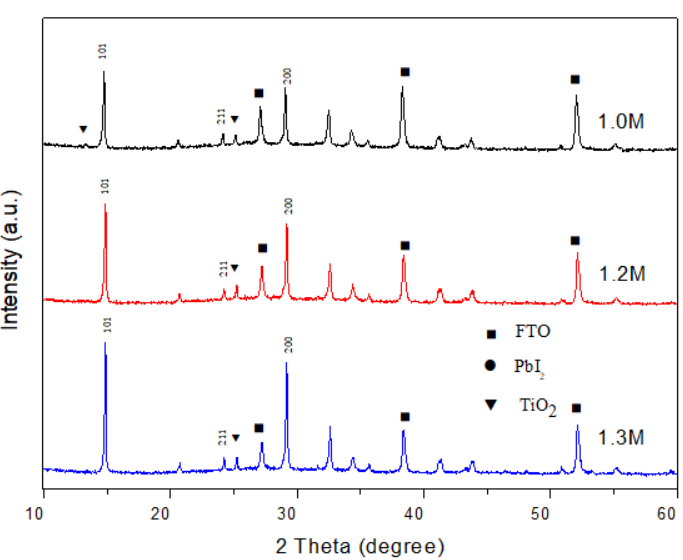
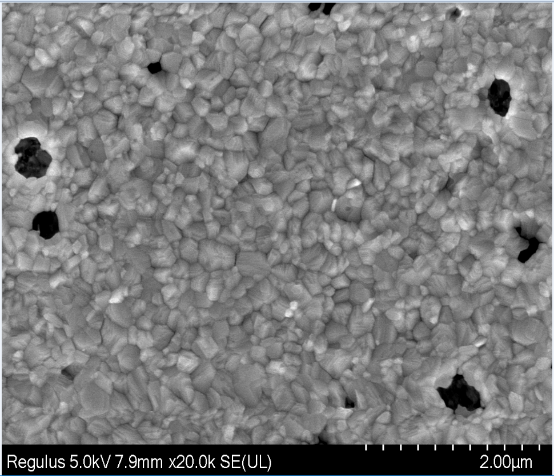
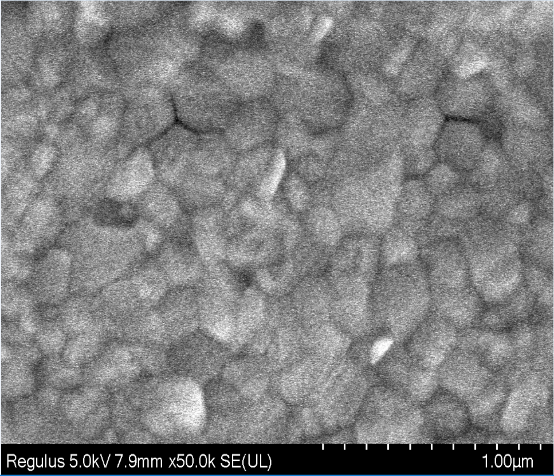
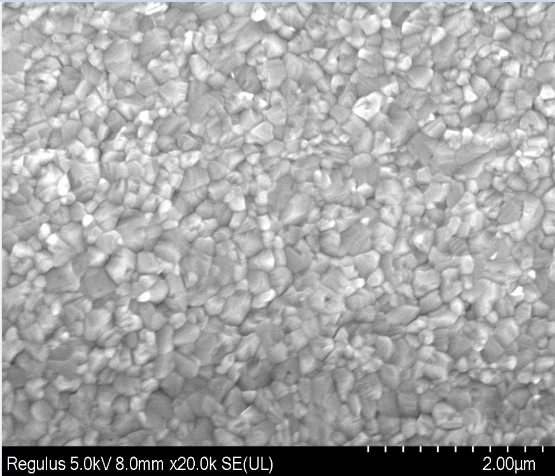
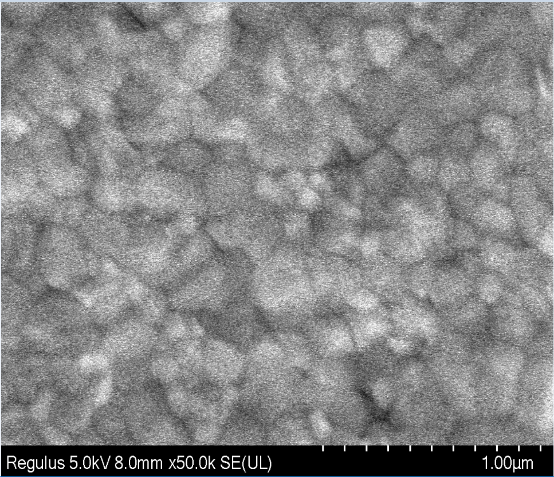
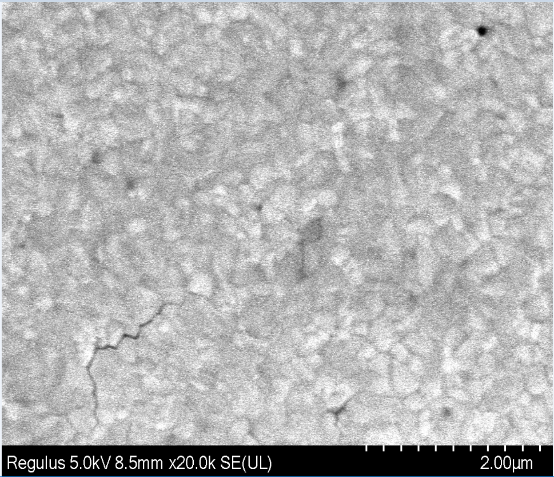
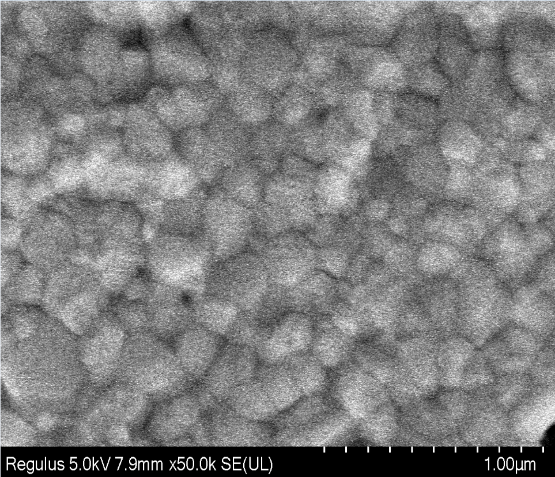
课题毕业论文、开题报告、任务书、外文翻译、程序设计、图纸设计等资料可联系客服协助查找。



